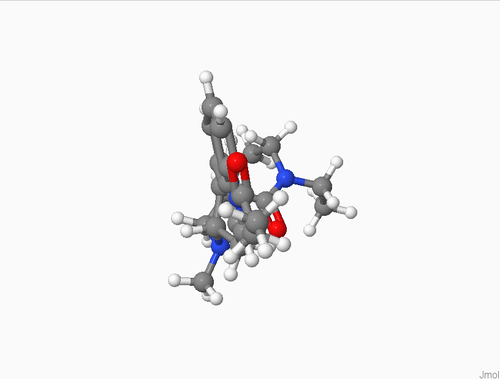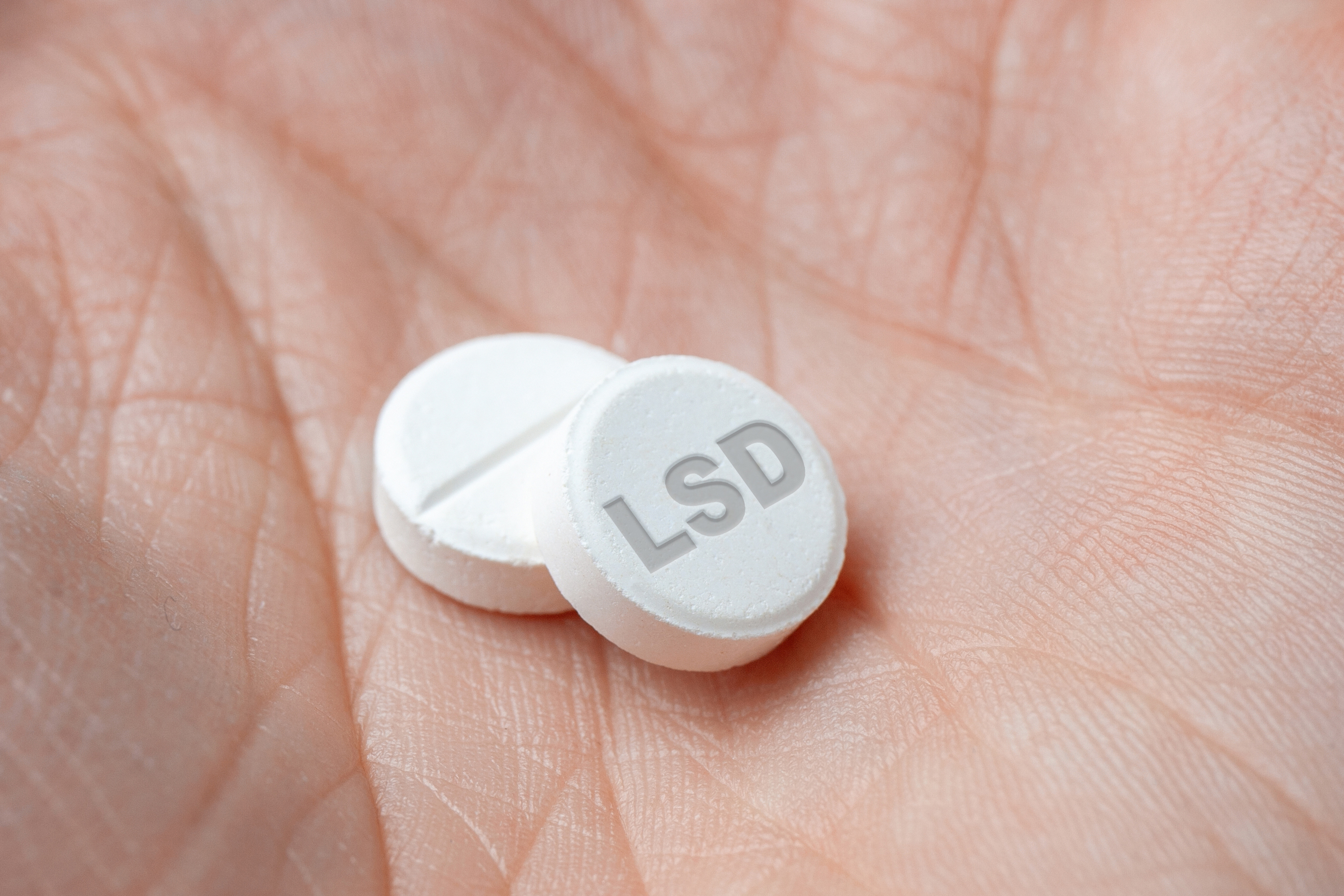1P LSD is an abbreviation for 1-propionyl-lysergic acid diethylamide. This name was given to the drug when it was first developed in Germany in 1970. It was first used to treat psychiatric patients with mental illness, especially those that had manic depression, schizophrenia, etc. The drug was later introduced to the recreational drug market and later on to the health market.
It was originally developed as a research chemical and was intended for testing the effects of a new type of LSD compound, the amine neurotransmitter receptor affinity inhibitor (NRI). Testing of the substance showed that it had the potential to be used as an hallucinogenic drug. Because of the success of 1P LSD, it was soon to find use as a street drug, firstly as a “love drug” and then as a recreational substance.
1P LSD is a trademarked name under which the active substance in the chemical is marketed under. This label allows online vendors to resell the product as having been cleared by the FDA for legitimate purposes.

What is 1P LSD?
1P LSD is the generic name given to the substance L-deprenyl-lysergic acid diethylamide. 1P refers to the chemical structure of lysergic acid. This substance (Serotonin) is present in the human body at very low levels and is not habit-forming. Its main function is as a neurotransmitter and is responsible for many physical and psychological effects like mood elevation, appetite stimulation, etc. In fact, many psychologists consider it to be the best drug for people who want to have a good night’s sleep.
The chemical structure of this compound is very similar to that of lysergamide (which is the main chemical of ecstasy). So, it is believed that the drug was accidentally mixed with lysergamide to produce the’magic’ effect. However, further studies showed that the combination of this acid with other substances was ineffective and actually inhibited the effect of lysergamide, as it was supposed to do. However, the new name for the drug was 1P LSD or 1-propanyl-lsd. The compound was marketed as “acid” or “liquid ecstasy” and was made available to buy by prescription from pharmacies in some locations (1).
1P LSD as a Recreational Substance.
It is widely believed that this particular drug was sold as recreational substance in many cases. Some addicts even reported cases of being offered money for the illegal drug on occasions. Recently, it was reported that the Forensic Science Research Council of the United Kingdom has identified this substance as being a Class II controlled substance. This means that it is illegal to buy, sell, and use in any country in the world, except in some specific countries where the possession of psychoactive substances is strictly illegal.
What are the effects of 1P LSD?
Many people who have taken 1P LSD report feelings of creativity and disorientation, although this may vary from person to person. It is reported that the effect is very similar to that of acid, although no medical studies have been conducted on the subject. Some users claim to feel more alert and aware of their surroundings, while others claim to have a more tranquilized state and experience greater cognitive clarity.
So how does one distinguish between 1P LSD and an acid diethylamide? A good way to do so is by knowing what the two chemicals do to the human body when taken in conjunction. Acid diethylamides release a neurochemical known as dopamine which is present in the brain and actively stimulates all the major nerves in the body including the brain, heart, lungs, and stomach. The brain reacts to the stimulus produced by the acid and produces a euphoric feeling or “high,” which may make taking this drug desirable.
When taking the drug in this fashion, however, a person experiences short-term memory loss or temporary amnesia. This effect comes from the lower levels of serotonin which are responsible for the brain’s reaction to stimulation. In the past, drugs that were made to alter one’s perception of time such as “Speed” or “Acid” had only temporary effects on one’s ability to remember things. However, with the introduction of 1P LSD-25, people begin to experience moment-to-moment dilation of their awareness, along with a feeling of heightened spiritual experiences or an altered perception of reality.
What is 1P LSD-25? 1P LSD-25 is the name generally assigned to a novel psychoactive substance having the same chemical structure as lsd-25, i.e., an amino acid that can be derived from LSD via chemical means. 1P LSD-25 is said to have empathizing, serotonergic, and norepinephrine-like properties. It is believed to function like an MAOI (Monoamine oxidase inhibitor) with some claims being that it can also work as an ALCOHOL ( Alcoholic Liver Oxidizer) that reduces and eradicates withdrawal symptoms in alcoholics. Other claims include treating anxiety, depression, epilepsy, sexual dysfunction, and memory loss.
It is generally believed that this substance is non-psychoactive. This means that it does not affect the central nervous system of humans. However, there were some case reports of individuals experiencing anxiety, tremors, depression, sexual dysfunction, irritability, paranoia, and hallucinations after their intake of this substance and particularly in high doses. This is considered to be a serious abuse potential. Other common side effects include drowsiness, slowed reflexes, confusion, disorientation, and amnesia. There have also been claims that this substance can cause temporary psychosis and severe depression.

There have been many users that have experienced the following from ingesting this substance: a strong sense of paranoia; increased mental stimulation; increased social stimulation; increased heart rate; depression, anxiety, and mood instability; and euphoria. These are the most common subjective effects that many users have reported experiencing. Because many users consider this as relatively harmless, it is considered to be a relatively harmless substance. One drawback of this substance is its inability to relieve physical pains. This is the reason why it is often used in conjunction with other pain relievers like Tylenol.
If you have been prescribed this drug to treat a medical condition, you should be aware of its possible side effects. Because it is a psychoactive substance, it can produce psychological problems ranging from anxiety to hallucinations. In rare cases, it can cause memory loss, seizures, coma, and death. Because of these dangers, 1P LSD should not be prescribed unless absolutely necessary. Because of the extreme dangers, research chemical or alcohol detox programs have been developed that can help users avoid this situation.
Some Forms Of 1P LSD and How To Use
1P LSD comes in blotters, powders, and as a liquid solution. Liquid solutions can be injected during research. As blotters, which is the common form of use in the streets, a blotter can just be simply placed on the tongue and snorted as a powder. We strongly discourage the usage of 1P LSD unless for research purposes.
Why would someone want to buy 1P LSD?
People buy this substance because they seek to use it for recreational purposes. Its uses vary between those who seek its use for spiritual purposes, those who seek it out for medical reasons for their mental health, and those who are looking to purchase it to use secretly in conjunction with other substances for experimentation.
Using 1P LSD With Other Substances
It is not known whether or not the substance is safe when it is used by itself or with other substances as more research still needs to be done on 1P LSD. Some medical professionals believe that it might be slightly more dangerous than lsd-25; however, since the two substances work together in a process, their effects are usually mild. When mixed with other substances, they tend to make the experience more intense, resulting in increased dosages or combinations of drugs.
How does one test for 1P LSD?
You can’t test for 1P LSD by using a urine drug test, because it isn’t a known chemical or substance in the body. However, there are a few blood tests that can be done to detect it. A blood test can show the presence of the substance in your blood.
Some Call For Concern
Although not all individuals who have abused this substance have manifested significant side effects, it is strongly recommended that one should seek immediate professional medical attention if they are experiencing any of the following symptoms: depression, increased heart rate or blood pressure, decreased sex drive, and seizures. Other less severe subjective effects include insomnia, paranoia, anxiety, dizziness, and tics. Although the list of negative side effects is quite long, the most notable symptoms associated with the use and abuse of 1P-LSD include euphoria, depression, anxiety, panic, and feelings of detachment from one’s self.
Since there are serious consequences when using this research chemical, it is essential to be aware of its possible side effects when taking it for longer periods of time. This is why it is suggested that you seek advice from a professional before beginning a course of therapy with this substance. You should never start a therapy with any new psychoactive substance without the guidance of an experienced medical professional, who will be able to advise you about the safety of your course of treatment. Your doctor may also recommend that you receive a controlled, supervised dose of lsd-25 during your therapy sessions, in order to minimize the possible danger posed by this drug.
It is highly advised that one avoid the use of this substance, especially if you have pre-existing medical conditions or if you are currently taking medications that are specifically formulated to counteract the toxic effects of LSD. One should also exercise caution if you decide to use this substance in large amounts or if you decide to experiment with 1P-LSD. If you experience any of the above symptoms, it is recommended that you seek immediate medical attention so that the symptoms can be addressed and your health can be restored to normal. 1P-LSD is considered a Schedule II stimulant drug and is strictly prohibited in the United States and in many countries around the world.
The research done on this particular type of substance clearly indicates that it may very well be possible that this new type of LSD has many more benefits than just being a novelty drug. It is also thought that the altered state of consciousness brought about through this substance may allow people to delve into past lives or have an out-of-body experience. One thing is for sure though, this new discovery will most likely remain a mystery for quite some time. For now, it is still too early to tell if it is truly a legitimate substance worthy of study or if it is just another bogus experiment by drug labs. Until then, it will probably remain classified as a Schedule II psychedelic substance.
- Ibogaine: Exploring the Potential and Perils of a Psychedelic Therapy
- Behavioral Therapy: All You Need To Know About Behavioral Therapy
- Substance Use Disorders: Understanding the Science, Risks, and Recovery
- Cognitive Behavioral Therapy (CBT): Unveiling the Depths of a Transformative Approach
- Mescaline: Exploring the Science, History, and Therapeutic Potentials


Recent Comments